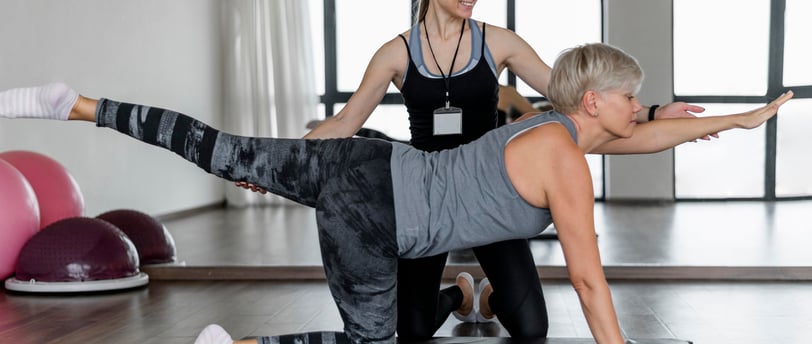Stay-at-Home Exercise for Diabetic People Aged 50 and Above
Discover effective stay-at-home exercise for diabetic people aged 50 and above. Improve your health and manage diabetes with these safe and easy-to-follow routines designed specifically for older adults.


Stay-at-Home Exercise for Diabetic People Aged 50 and Above
Staying active is crucial for managing diabetes, especially for those aged 50 and above. Regular exercise not only helps control blood sugar levels but also improves cardiovascular health, boosts mood, and increases overall well-being. However, with the ongoing pandemic and the need to stay at home, it can be challenging to find ways to exercise effectively. But fear not, as there are plenty of exercises you can do in the comfort of your own home. In this blog post, we will explore some simple yet effective stay-at-home exercises specifically tailored for diabetic individuals aged 50 and above.
1. Walking or Marching in Place
Walking is one of the simplest and most accessible forms of exercise. If you have enough space in your home, you can walk back and forth in a room or hallway. Alternatively, if space is limited, you can march in place. This exercise gets your heart rate up and helps improve circulation.
Repetitions: Aim for at least 10 minutes of continuous walking or marching.
Timing: Start with 5 minutes and gradually increase the duration as you build stamina.
2. Chair Exercises
Chair exercises are perfect for those with limited mobility or balance issues. They allow you to engage in a full-body workout while seated comfortably in a chair. Here are a few chair exercises you can try:
Knee Lifts: Sit upright in a chair and lift one knee towards your chest. Lower it back down and repeat with the other knee. This exercise strengthens your leg muscles.
Arm Circles: Extend your arms out to the sides and make small circles with your hands. Gradually increase the size of the circles. This exercise helps improve shoulder mobility.
Seated Leg Extensions: Sit on the edge of the chair and extend one leg out straight in front of you. Hold for a few seconds and then lower it back down. Repeat with the other leg. This exercise targets your quadriceps.
Repetitions: Aim for 10-15 repetitions of each exercise.
Timing: Start with 1 set of each exercise and gradually increase to 2-3 sets as you become more comfortable.
3. Yoga or Stretching
Yoga and stretching exercises can help improve flexibility, balance, and posture. They also promote relaxation and reduce stress, which is beneficial for managing diabetes. Here are a few yoga poses and stretches you can try:
Mountain Pose: Stand tall with your feet hip-width apart. Reach your arms overhead and interlace your fingers. Take a deep breath and stretch upwards. Hold for a few seconds and then release.
Forward Fold: Stand with your feet hip-width apart. Bend forward from your hips and let your upper body hang loosely. Allow your arms and head to relax. Hold for a few seconds and then slowly come back up.
Seated Spinal Twist: Sit on the edge of a chair with your feet flat on the floor. Twist your upper body to one side, placing one hand on the opposite knee and the other hand behind you for support. Hold for a few seconds and then repeat on the other side.
Repetitions: Hold each pose or stretch for 15-30 seconds.
Timing: Aim for a 10-15 minute yoga or stretching session, gradually increasing the duration as you become more flexible.
Conclusion
Regular exercise is essential for managing diabetes and maintaining overall health, especially for individuals aged 50 and above. These stay-at-home exercises provide a convenient and effective way to stay active without leaving your home. Remember to start slowly, listen to your body, and gradually increase the intensity and duration of your workouts. Stay consistent, and you will reap the benefits of improved blood sugar control, increased energy levels, and a healthier lifestyle.
